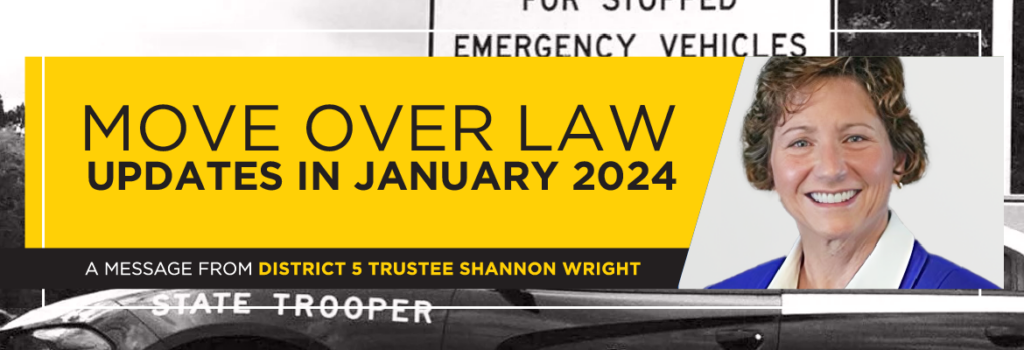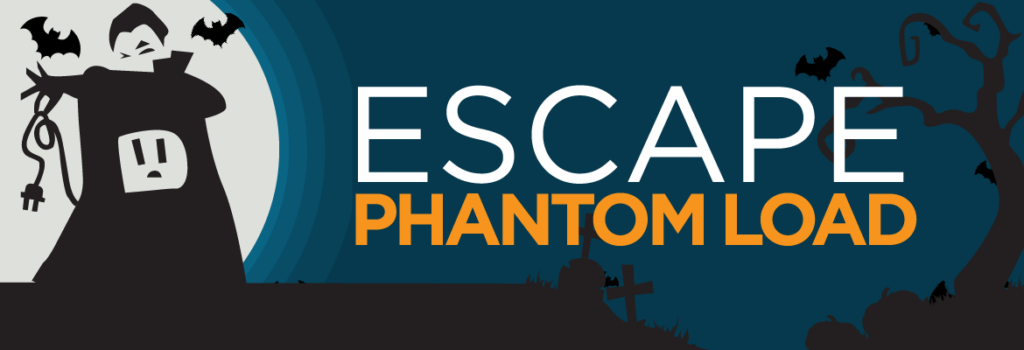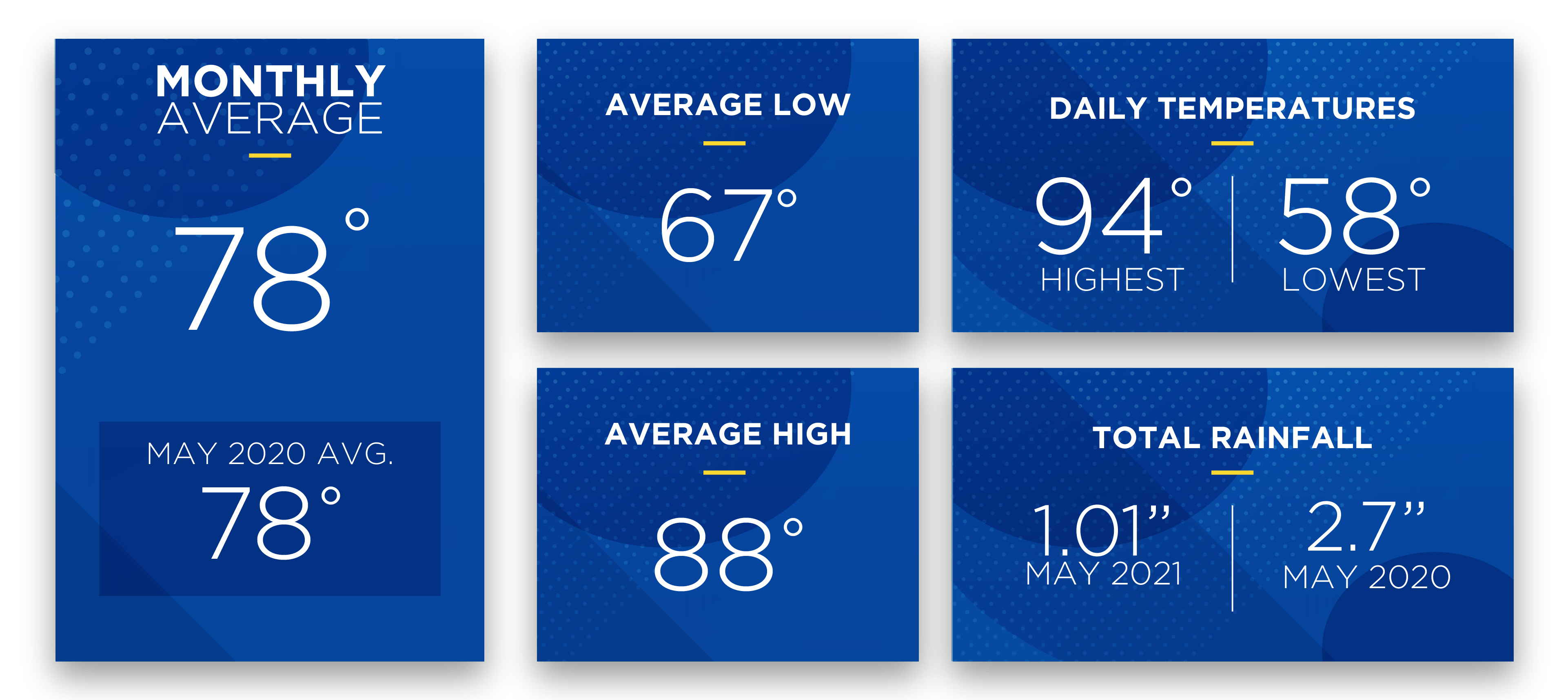SECO News October 2023
 Dear Members,
Dear Members,
SECO Energy and Central Florida were fortunate to escape most of the destruction from Hurricane Idalia. Our system fared extremely well – only 10,400 members were without power during the 24-hour period when Idalia reached closest to us. All outages were restored safely and quickly by dedicated line technicians. The SECO team executed their respective duties admirably and was prepared to confront more severe conditions that, fortunately, did not evolve.
SECO is a not-for-profit electric cooperative that is member-owned and operated for the benefit of all members we serve. We are also very thankful for the over 500 crews – including line and tree contractors – who answered our distress call and traveled to our location to assist with Hurricane Idalia restoration. SECO is StormReady and prepared for the worst, which thankfully did not happen.
While SECO Energy members were relatively unscathed, our neighbors in Northern Florida, which received a direct hit from Hurricane Idalia, fared far worse.
Hurricane Idalia made landfall in the Big Bend area on Wednesday, August 30. Some of the most affected were members served by Tri-County Electric Cooperative in Jefferson, Madison and Taylor Counties. Tri-County serves almost 25,000 members – 100% of which were without electric service from Hurricane Idalia. On Friday, September 1, a contingent of SECO line technicians, a mechanic, a superintendent and a supervisor traveled to Tri-County to assist in restoring power.
Suwannee Valley Electric Cooperative (SVEC) serves more than 28,000 members in Columbia, Hamilton, Lafayette and Suwannee Counties and also needed help. SECO released seven Pike contractor crews to SVEC to join their restoration effort. Both Tri-County and SVEC sustained extensive damage to their electric systems. While their members experienced days without electricity, our SECO crews received many gestures of thankfulness and appreciation.
These opportunities to offer mutual aid and support to each other are vital to the electric cooperative industry. They also underscore two primary tenets of the Seven Cooperative Principles to which we adhere: Cooperation Among Cooperatives and Concern for Community. SECO Energy will continue to embrace these standards and is grateful for the assistance we received.
Hurricane season runs through November 30; at the time of this column printing, we are monitoring three tropical disturbances. Preparing your homes and families for a tropical storm or hurricane is still vital. Read our Hurricane Handbook at SECOEnergy.com > Safety > Hurricane Handbook for more information about what to do before, during and after a storm.
Best regards,
Curtis Wynn
Chief Executive Officer

THERE IS AN UPDATE TO FLORIDA’S MOVE OVER LAW THAT TAKES EFFECT IN JANUARY 2024. HB 425, known as “Florida’s Move Over Law,” passed the House on April 26, 2023, and passed the Senate on May 4. It was signed into law by Governor DeSantis on June 5.
The new changes will expand the Move Over law by adding a disabled motor vehicle to those currently protected. A disabled vehicle will be treated the same as emergency vehicles if stopped, displaying warning lights, hazard lights, emergency flares, or posting emergency signage, or if it is stopped with one or more persons visibly present.
The Move Over law is intended to protect vehicles and nearby operators and workers from passing traffic. Currently, the law spells out responsibilities for drivers on an interstate highway or other highway with two or more lanes. Drivers are to vacate the lane closest to emergency or sanitation vehicles, utility service trucks, wreckers, and road and bridge maintenance or construction vehicles when traveling in the direction of these vehicles.
If moving over cannot be safely accomplished, the driver must reduce their speed to 20 miles per hour less than the posted speed limit (when the posted speed limit is 25 miles per hour or greater), or travel at 5 miles per hour when the posted speed limit is 20 miles per hour or less.
Drivers who do not slow down and move over could receive a noncriminal moving violation and be hit with a hefty monetary fine.

Phantom load, also known as standby or vampire power, refers to electricity consumed by electronic devices when turned off or in standby mode. Many modern devices, such as televisions, computers, chargers, and more, draw tiny amounts of energy when plugged in. These devices consume a small amount of power, which adds up over time. Phantom load contributes to higher energy use, which increases monthly bills.
Combining awareness, habit changes, and energy-efficient technologies reduces phantom load. Effective strategies include:
UNPLUG DEVICES: The simplest solution is unplugging electronics when they are not in use. This eliminates phantom load from these devices.
SMART POWER STRIPS: Plug electronics into innovative power strips that detect when devices are in standby mode or not being actively used. Smart power strips will automatically de-energize power to those devices. Convenient and reduces energy.
ENERGY-EFFICIENT DEVICES: Choose electronics and appliances with energy-saving features. Look for ENERGY STAR-certified products designed to consume less energy in standby mode.
TIMERS AND AUTOMATION: Use timers or smart home automation systems to schedule when devices should be powered on and off.
MANUAL POWER MANAGEMENT: Make it a habit to power down devices when not in use. Shut down computers, turn off lights and unplug chargers when not needed.
EDUCATION AND AWARENESS: Raising awareness among family members about phantom load and its impact can lead to using less energy at home.
Put these strategies into practice to significantly reduce electricity from phantom loads. Do you need additional energy-saving advice? SECO Energy has two online energy-saving tools to help you reduce energy and save money on your bill. Our Home Energy Assessment is a complete online energy audit tailored to your home and lifestyle. The Energy Estimator shows the math associated with your energy usage. Find both energy-saving tools at SECOEnergy.com > Energy Solutions.

Starting October 1, we’re offering free installation for all new Surge MitiGator enrollments through November 30. That’s a $25 savings for you and added protection for the electronics in your home.
SECO’s meter-based surge arrester is made in the USA. It has proven reliable for over 25 years by reducing or eliminating surges BEFORE they enter your home through the meter. More than 55,000 members already trust SECO’s Surge MitiGator.
The Surge MitiGator has a 15-year warranty and is designed to protect your home’s large-motor appliances. Household appliances and sensitive electronics such as televisions and computers can be damaged or destroyed by power surges. These also require in-home point-of-use devices that can be purchased at hardware or big-box retailers for adequate coverage.
Start at the meter base with the Surge MitiGator for the best protection. You can lease the MitiGator for only $5.95 plus tax per month with free installation – a $25 savings. The purchase price ranges from $349 to $399 plus tax, and installation is free. Visit SECOEnergy.com > Surge MitiGator and complete the contact form to learn more or enroll during this free installation promotion.
Read the full October 2023 SECO News.





